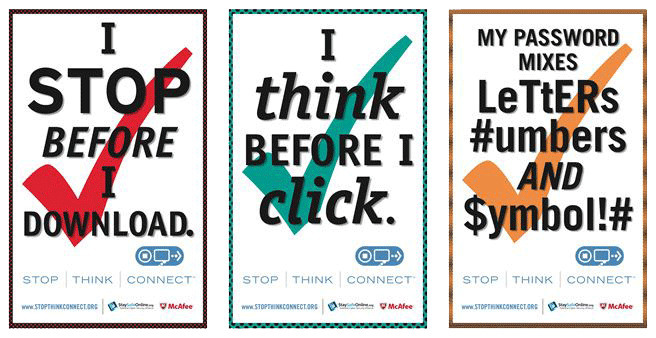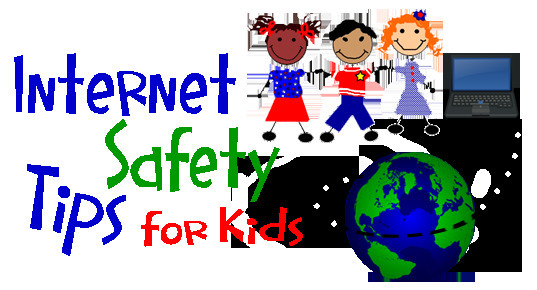
In some countries, there is a requirement to teach online safety as part of the curriculum, but this is not the case everywhere. Ideally, online safety should be:
- Embedded within the curriculum in all subjects where relevant (not just ICT or computing). Many schools will cover online safety as part of the PSHE (personal, social, health education) curriculum.
- Based around teaching children and young people to be media literate.
- Evaluated within schools to demonstrate impact. Many pupils are excellent at reciting the rules for staying safe when they are online, but whether this translates into them actually changing or modifying their behaviours when they are online is more difficult to determine.
- A statutory part of the curriculum so that no children and young people are left vulnerable.
- Part of an inspection regime so that schools are held to account.
- Delivered in partnership with parents and pupils. Pupils can be excellent peer educators, particularly for younger users in their school.
Having identified the challenges facing young people earlier in this module, it is important that schools create a culture where young people feel that they can share their concerns about things that have happened online.
Young people can often feel unable to discuss what has happened to them online as they fear an overreaction from parents and teachers. Adults can sometimes be quite shocked at what young people have been doing or saying online; a greater understanding of what is actually happening online, what the trends are, what young people are doing, and so on is important if teachers and parents are to give a balanced and measured response when young people talk to them about something that has happened.
